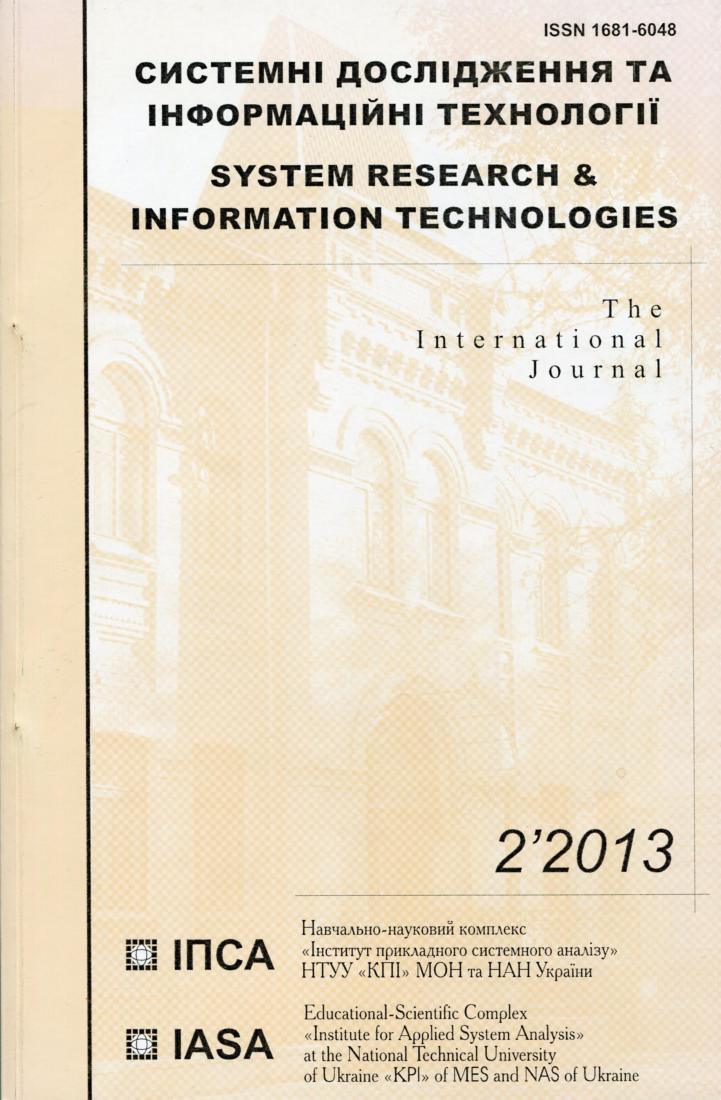Building a decisive rule for classification of images on the basis errors vectors
Abstract
The display of multiple images on the set of errors vectors of image recognition by neural network, which allows you to associate a classification of images with the analysis of the vectors in the space error, is built. Vector criterion allows you to group images, identify, compare and analyze them. The methods of the theory of neural networks applied to solving the problem of recognition of signals using a criterion of the proximity of the images that are recognized in the space of recognition errors are proved and developed. The weighted criterion of proximity images signals-in-space errors is formulated. The algorithm of the transition from the images parameters space in space of errors of images recognition is proposed. The optimal decisive rule for the classification of images signals using the weighted criterion of the proximity of recognizable images in the space of recognition errors is built. The reliability of the obtained scientific results, conclusions and recommendations of the work is confirmed by the results of experimental research of the developed universal data mining system, which solves the problem of object recognition of the electro-optic images NEFClass BGCGG (Neuro Fuzzy Classifier (Basic Gradient, Connected Gradient, Genetic) — Neuro-fuzzy classifier (Basic Gradient, Connected Gradient, Genetic)), conducted on the basis of the Institute of applied system analysis of NTUU "KPI". The obtained results clearly demonstrate the effectiveness of the use of the developed models, methods and algorithms for solving problems of recognition of signals.References
Хайкин Саймон. Нейронные сети: полный курс, 2-е издание.: Пер. с англ. — М.: Издательский дом "Вильямс", 2006. — 1104 с.
Горбань А.Н. Обучение нейронных сетей. М.: изд.-во СССР-США СП "Па
раГраф", 1990. — 160 с.
Зайченко Ю.П. Нечеткие модели и методы в интеллектуальных системах. — К.: Издательский дом "Слово", 2008. — 344 с.
Downloads
Published
2013-06-19
Issue
Section
Mathematical methods, models, problems and technologies for complex systems research

